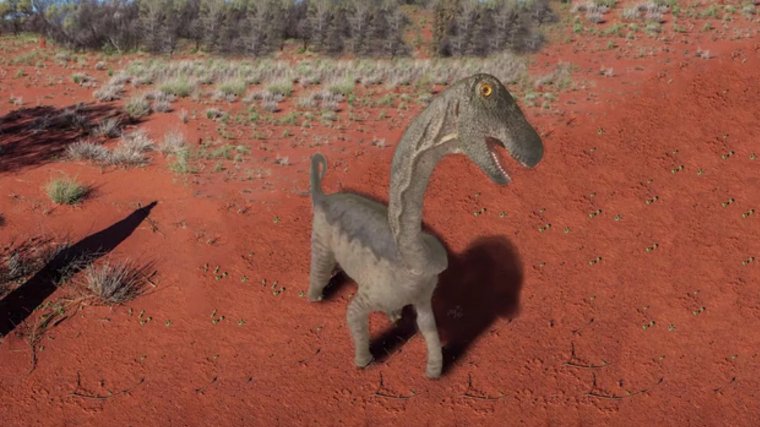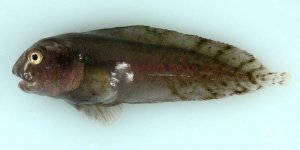| News / Science News |
Newly discovered baby Titanosaur sheds light on dinosaurs' early lives
NSF | APRIL 24, 2016
Long-necked sauropod dinosaurs include the largest animals ever to walk on land, but they hatched from eggs no bigger than a soccer ball.

Research at Macalester College in St. Paul, Minnesota, sheds the first light on the life of a young Rapetosaurus. ![]()
Research at Macalester College in St. Paul, Minnesota, sheds the first light on the life of a young Rapetosaurus, a titanosaurian sauropod buried in the Upper Cretaceous Maevarano Formation of Madagascar.
The baby behemoths were active, capable of a wider array of maneuvers than adult members of their species, and didn't need parental care after hatching.
This baby’s limbs at birth were built for its later adult mass; as an infant, however, it weighed just a fraction of its future size.
The detailed microscopic features of the Rapetosaurus bones revealed patterns similar to those of living animals and made it possible for the scientists to reconstruct the beginning of the dinosaur's post-hatching life.
The team looked at the preserved patterns of blood supply, growth cartilages at the ends of limb bones, and at bone remodeling. These features indicate that Rapetosaurus grew as rapidly as a newborn mammal and was only a few weeks old when it died.
The team also observed microscopic zones deep within the bones. They proved similar to the hatching lines in today's reptiles, and to neonatal growth lines in extant mammals. The zones indicate the time of hatching in Rapetosaurus, and allowed the scientists to estimate the weight of the newly hatched Rapetosaurus -- around 7.7 pounds.
YOU MAY ALSO LIKE



